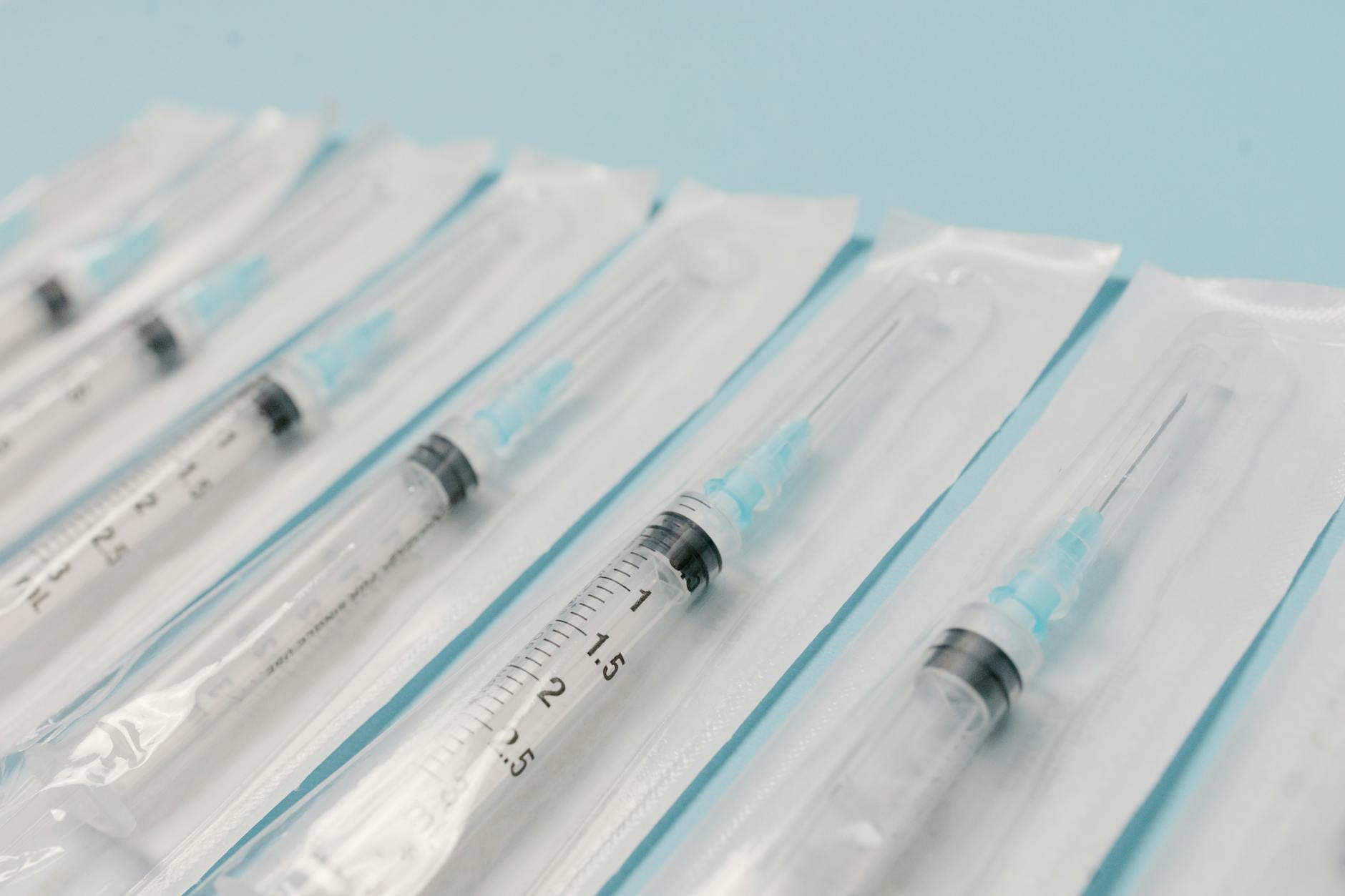
Hyaluronic acid injection is a treatment used to reduce pain and inflammation in the knee joint.
Knee pain is a problem that can affect people of all ages and significantly reduces the quality of life. Many factors such as arthritis, meniscus tear, rheumatoid arthritis can cause knee pain.
Although there are various treatment methods such as painkillers, physical therapy and exercise, these methods may not be sufficient in some cases. Hyaluronic acid injection is an effective treatment method used in such cases.
What is Hyaluronic Acid?
Hyaluronic acid is one of the most important natural components of the joint fluid produced by synovia cells in the soft tissue inside the joint. Hyaluronic acid is also the main component of articular cartilage.
What Does Hyaluronic Acid Do?
Lubrication: Hyaluronic acid reduces the fluidity of the joint fluid (viscous) and increases the lubricity of the joint fluid. With these two effects, hyaluronic acid reduces friction and therefore wear on the articular cartilage.
Shock absorption: You can think of hyaluronic acid as a shock absorber and lubricant in the joints. With this effect of hyaluronic acid, it allows the cartilage coating to slide smoothly over each other without abrasion while your joints move.
In people with arthritis, the amount of hyaluronic acid in the joint fluid decreases. This means more cartilage wear.
What is Hyaluronic Acid Injection?
Hyaluronic acid injection, also called joint lubricating fluid injection, gel injection, is a kind of lubrication of the joints. In joint calcification, decreased intra-articular hyaluronic acid is injected into the joint with an artificial hyaluronic acid needle and supplemented. This is called viscosupplementation, hyaluronic acid injection.
How does hyaluronic acid injection work?
Hyaluronic acid injected into the joint lubricates the joint and stops friction and wear, even temporarily.
Another benefit of hyaluronic acid is its anti-inflammatory effect, which increases in joint calcification. Hyaluronic acid also binds to inflammatory proteins that are harmful to articular cartilage and increase in the joint in arthritis, neutralizing their effect.
How is Hyaluronic Acid Injection Performed?
Hyaluronic acid injection is performed in a sterile clinical environment. After the joint area is sterilized with batikon, the joint is entered with the help of a needle, if there is increased intra-articular fluid, this fluid is drained, then hyaluronic acid is injected into the joint.
In my personal practice, I use ultrasound for all intra-articular injections to make sure that the drug I inject into the joint reaches the right place.
Which joints are injected with hyaluronic acid?
Hyaluronic acid injection is mostly applied to the knee joint. In addition to the knee joint; hyaluronic acid injections can be applied to large joints such as hip, ankle, shoulder, elbow and wrist, as well as small joints in the hand and foot.
However, it is more appropriate to use imaging methods such as ultrasound during the application to joints other than the knee.
Hyaluronic Acid Treatment
Hyaluronic acid injections are used in the symptomatic treatment of arthritis. Hyaluronic acid in particular does not have the ability to regenerate articular cartilage, but it is used in the treatment of arthritis due to its pain-relieving effect.
Hyaluronic acid injection is not one of the first treatments for arthritis. If the pain cannot be controlled after treatments such as painkillers, weight loss, joint area muscle strengthening, hyaluronic acid injection treatment is used.

How long does the effect of hyaluronic acid injection last?
The duration of relief of the hyaluronic acid injection is related to the level of calcification in the joint. Generally, patients have a comfortable period between 6 months and 2 years after the hyaluronic acid injection. After this period, the hyaluronic acid injection can be performed again.
How many times is hyaluronic acid injection performed?
First of all, although the number of hyaluronic acid injections varies from brand to brand, there are single injection and 3 injection forms.
How many times a year can Hyaluronic Acid Injection be performed?
Especially the application of single powder forms of hyaluronic acid is not recommended more than twice a year.
Can other injections be performed together with Hyaluronic Acid Injection?
Yes, it is possible. Most commonly, cortisone or PRP injections are performed together with hyaluronic acid. After the needle is inserted into the joint once, hyaluronic acid-cortisone or hyaluronic acid-PRP injections can be performed consecutively without removing the needle.
In which cases is hyaluronic acid injection not performed?
In the following cases; hyaluronic acid injection is not performed.
- If there is an infection in the joint.
- If there is a bleeding disease such as hemophilia.
- If there is allergy to hyaluronic acid.
Hyaluronic Acid Injection Side Effects
Hyaluronic acid injections have side effects like any other drug, but these side effects are very rare.
These include
- Swelling in the joint.
- Redness in the area.
- Temporary pain and sensitivity
Much more rarely, hyaluronic acid injection can lead to intra-articular infection, i.e. septic arthritis, in which case arthroscopic cleaning of the intra-articularly injected joint is necessary.
